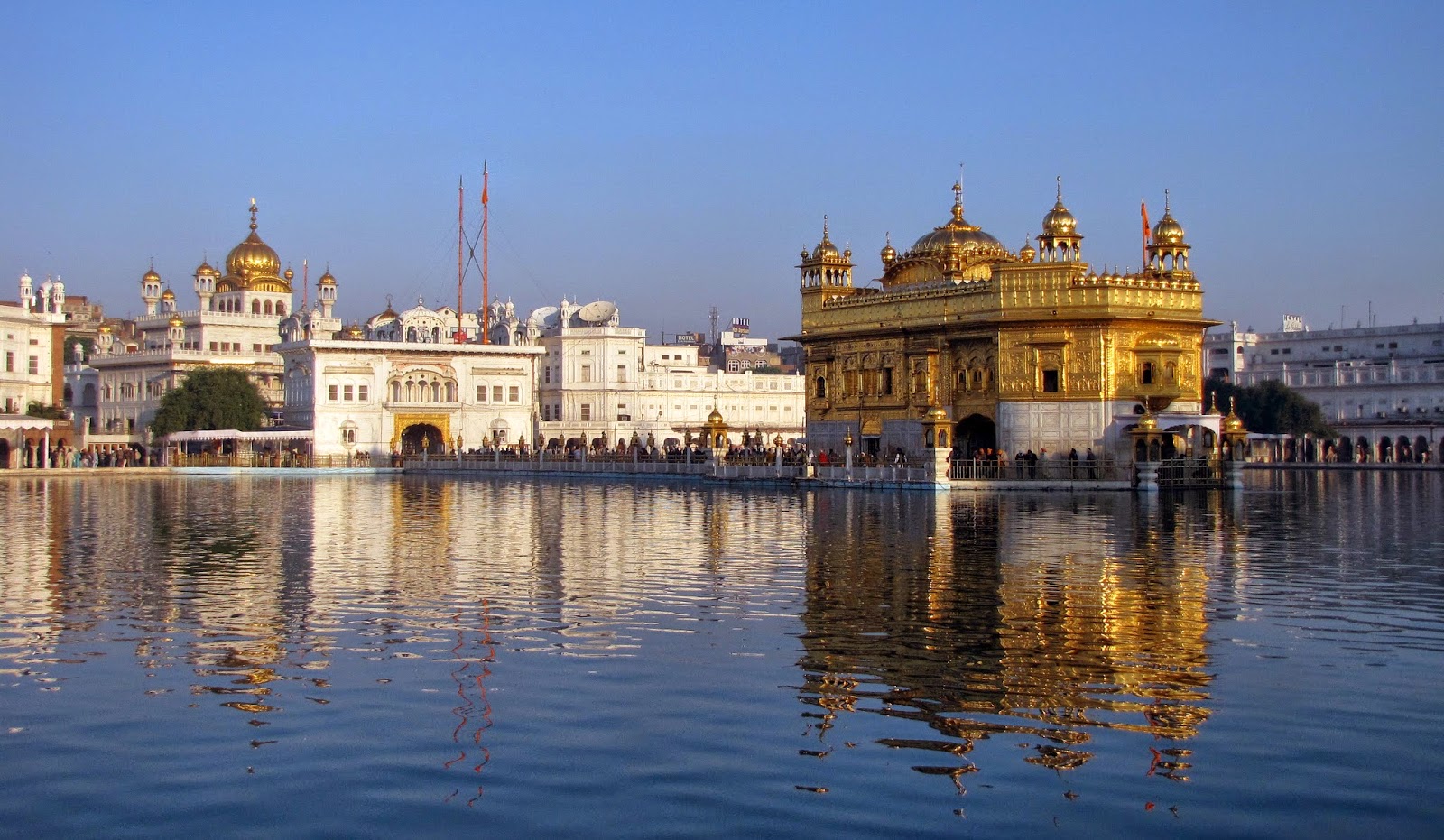The oldest Buddhist monastery in Singapore
Location
Lian Shan Shuang Lin Monastery is located at 184E Jalan Toa Payoh, Singapore.
Direction
Lian Shan Shuang Lin Monastery is quietly hidden away amongst the many blocks of public housing in Kim Keat (around Toa Payoh). However, there is a walking pathway leading to the temple from the bus interchange.
History
Back in 1858, Low Kim Pong, a young man from Fujian, China, came to Singapore to settle in. Although he was born into a poor family, he became very successful businessman because of his diligence. This leads hime to be an influential leader of the Fujian community in Singapore
40 years later, There was a boat, with Venerable Xian Hui and his family of 12 monks and nuns, arrived at water front. They were on the way home to Fujian, after 6 years of pilgrimage to India, Ceylon and Burma. Therefore, Low Kim Pong invited them to his house to stay for a while. In that time, Low Kim Pong proposed Venerable Xian Hui to build a monastery in Singapore. Low Kim Pong donated 50 acres of land in the central part of the island (Toa Payoh New Town in the present day) to build the monastery and invited Venerable Xian Hui to be the founding abbot of the monastery.
This project received overwhelming support from the Chinese community in Singapore, Malaysia and Indonesia. They created a unique blend of architectural styles particular to each region yet harmoniously fused to reflect the immigrant society of Singapore at that time.
Why do people come here?
Lian Shan Shuang Lin Monastery built to be a centre for worship. Their mission and vision is to teach and propagate Buddhist doctrines and to promote activities that would expand Buddhism in Singapore.
However, Lian Shan Shuang Lin Monastery become a tourist attraction because it is very huge and very beautiful. The architecture is very interesting. It has a unique blend of architectural styles from Fuzhou , Quanzhou and Zhangzhou Counties of Fujian province and Chaozhou County of Guangdong province in southern China. This combination creates new community with a beautiful culture in Singapore.
How does this place create a community?
The architectural styles are from Fuzhou , Quanzhou and Zhangzhou Counties of Fujian province and Chaozhou County of Guangdong province in southern China. Therefore, two teams of craftsmen from different locations coming together to build one single hall. Their joining of strength for the vitality of the construction work reflects the nature of our immigrant society. Pooling is strength. Their forefathers pooled their money, stood together spiritually to build Shuanglin. They brought craftsmen from their hometowns. The different traditions in Fujian are displayed uniquely in Shuanglin. Their acceptance of differences, their co-existence and co-operation even while acknowledging their different roots, and so creating a new community there.
The Architectural style
















+-+Amritsar+-+The+Golden+Temple+-+Sikh+pilgrims+on+the+Guru's+bridge,+the+Hari+Mandir+Sahib+and+the+clock+tower.jpg)







